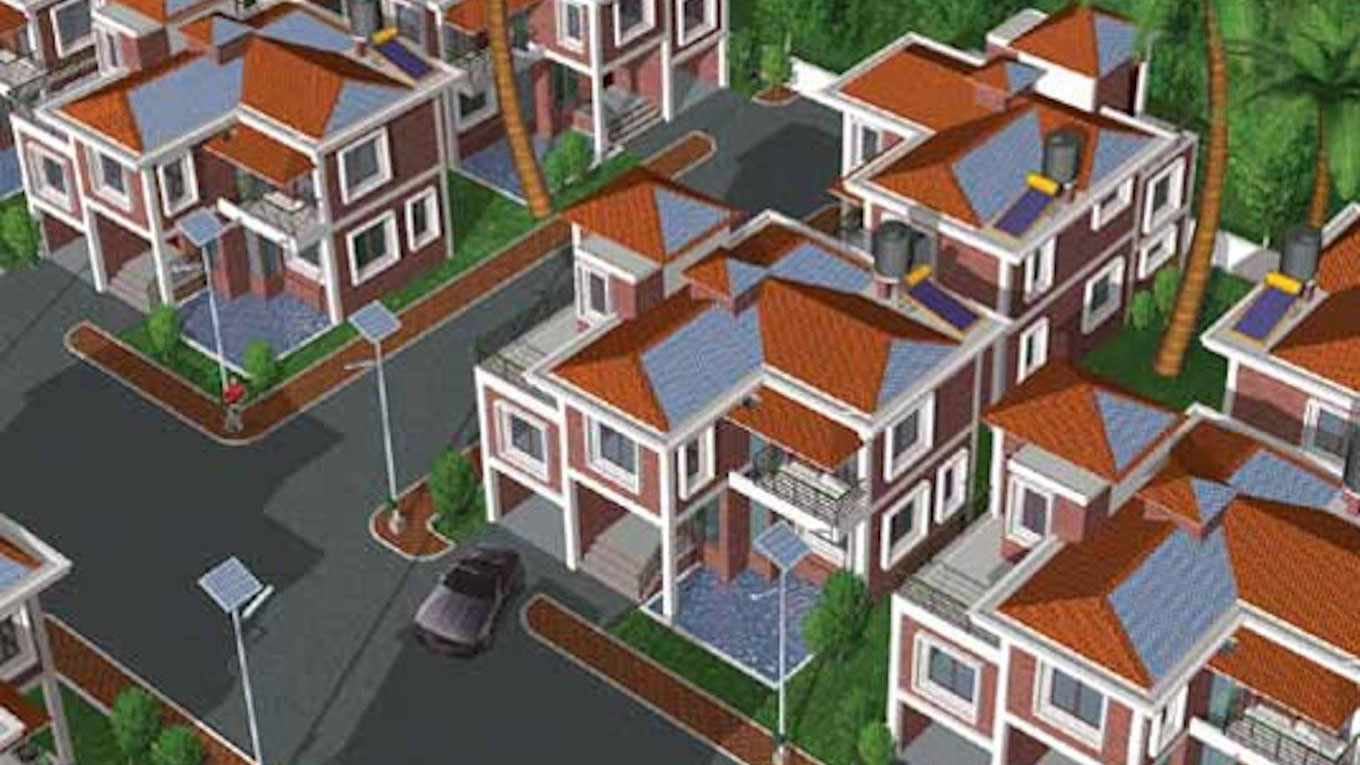Here are 10 innovative affordable housing designs for sustainable living:
- Micro Homes: These are compact, energy-efficient homes designed to maximize space utilization. They often incorporate smart storage solutions and multifunctional furniture to maximize living areas within a small footprint.
- Modular/Prefabricated Housing: Prefabricated housing involves constructing homes in factories and assembling them on-site. This approach reduces construction time and waste while allowing for customization and energy-efficient design.
- Earthships: Earthships are self-sustaining, off-grid homes made primarily from natural and recycled materials. They incorporate passive solar design, rainwater harvesting, on-site wastewater treatment, and renewable energy systems.
- Co-Housing Communities: Co-housing communities consist of private living spaces and shared common areas. This model encourages social interaction, resource sharing, and reduces the environmental impact through shared amenities like gardens, workshops, and laundry facilities.
- Tiny Houses: These are small, compact homes typically ranging from 100 to 400 square feet. They promote minimalistic living and often incorporate sustainable features such as solar panels, rainwater collection systems, and composting toilets.
- Green Roofs: Integrating green roofs onto affordable housing buildings provides multiple benefits. They improve energy efficiency, reduce stormwater runoff, provide insulation, enhance biodiversity, and create community green spaces.
- Passive Solar Design: Passive solar design maximizes natural light and heat from the sun to reduce energy consumption. It involves strategic window placement, thermal insulation, and shading devices to optimize temperature regulation.
- Net-Zero Energy Homes: Net-zero energy homes produce as much energy as they consume. These homes incorporate energy-efficient design, high-quality insulation, energy-efficient appliances, and renewable energy systems like solar panels.
- Adaptive Reuse: Adaptive reuse involves repurposing existing structures like warehouses, factories, or schools into affordable housing. This sustainable approach reduces construction waste and preserves historic structures.
- Community Land Trusts: Community Land Trusts (CLTs) provide long-term affordable housing by separating the ownership of the land from the housing units. CLTs ensure that housing remains permanently affordable and often incorporate sustainable design principles.
These innovative affordable housing designs showcase the possibilities for sustainable living while addressing the pressing need for affordable housing. Each design approach aims to reduce environmental impact, optimize resource usage, and enhance the quality of life for residents.



